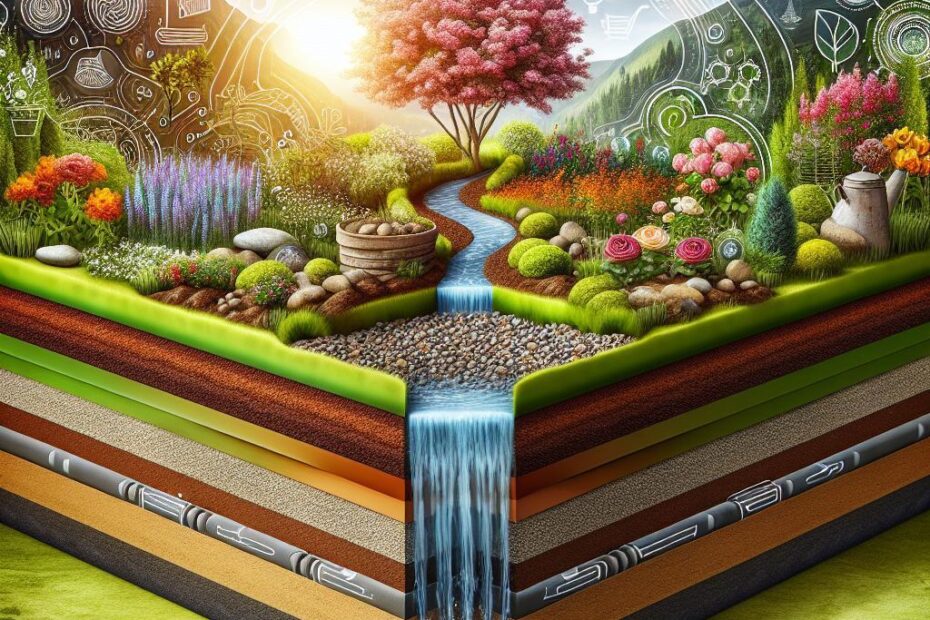Title: How to Improve Soil Drainage in Your Garden: Tips and Techniques
Introduction:
Having proper soil drainage is essential for the health and vitality of your garden. Poor drainage can lead to waterlogged soil, which can suffocate plant roots and create a host of other issues. In this article, we will discuss various tips and techniques you can use to improve soil drainage in your garden, ensuring your plants thrive and your garden flourishes.
Benefits of Improving Soil Drainage:
Before we delve into the specifics of how to improve soil drainage, let’s first understand why it’s important. Improving soil drainage in your garden can provide a myriad of benefits, including:
- Preventing waterlogged soil and root rot
- Enhancing root development and plant growth
- Allowing for better absorption of nutrients
- Reducing erosion and runoff
- Minimizing the risk of soil compaction
Now that we’ve covered the benefits, let’s explore some practical tips and techniques to help you improve soil drainage in your garden.
Tips and Techniques:
-
Add Organic Matter:
- One of the most effective ways to improve soil drainage is by adding organic matter, such as compost or well-rotted manure. Organic matter helps to loosen compacted soil, allowing water to flow more freely.
-
Create Raised Beds:
- Raised beds are an excellent option for improving soil drainage, especially if you have heavy clay soil. By elevating your planting area, you can prevent water from pooling around your plants.
-
Install Drainage Pipes:
- If you have persistently wet soil, consider installing drainage pipes to channel excess water away from your garden. This is especially useful in low-lying areas prone to flooding.
-
Use Permeable Materials:
- When designing pathways or walkways in your garden, opt for permeable materials like gravel or pavers with gaps. This allows water to seep into the soil rather than pooling on the surface.
Case Study:
Sarah, a gardening enthusiast, was struggling with waterlogged soil in her vegetable garden. After researching ways to improve soil drainage, she decided to create raised beds and amend the soil with compost. The results were remarkable, with her plants thriving and producing an abundant harvest.
Firsthand Experience:
“I used to have issues with waterlogged soil in my garden, but after incorporating raised beds and adding organic matter, I’ve seen a significant improvement in soil drainage. My plants are healthier and more vibrant than ever before,” said Sarah.
Conclusion:
Improving soil drainage in your garden is crucial for the overall health and success of your plants. By utilizing techniques such as adding organic matter, creating raised beds, and installing drainage pipes, you can ensure that your garden flourishes. Remember to tailor these tips to suit your specific soil type and garden layout, and you’ll be well on your way to achieving optimal soil drainage.
Whether you’re a novice gardener or seasoned pro, implementing these strategies will undoubtedly enhance the quality of your garden soil and help your plants thrive. So roll up your sleeves, get your hands dirty, and watch your garden transform into a lush oasis of beauty and abundance.
